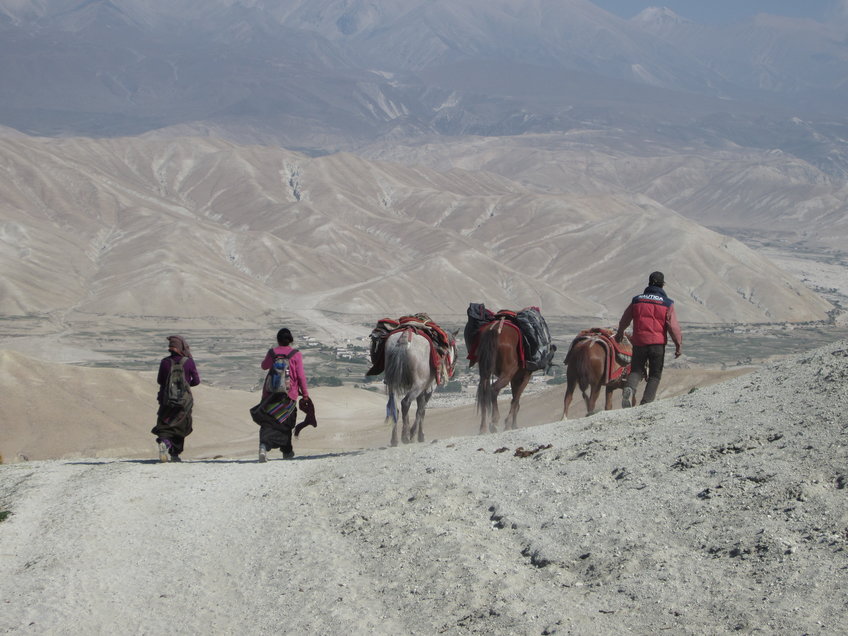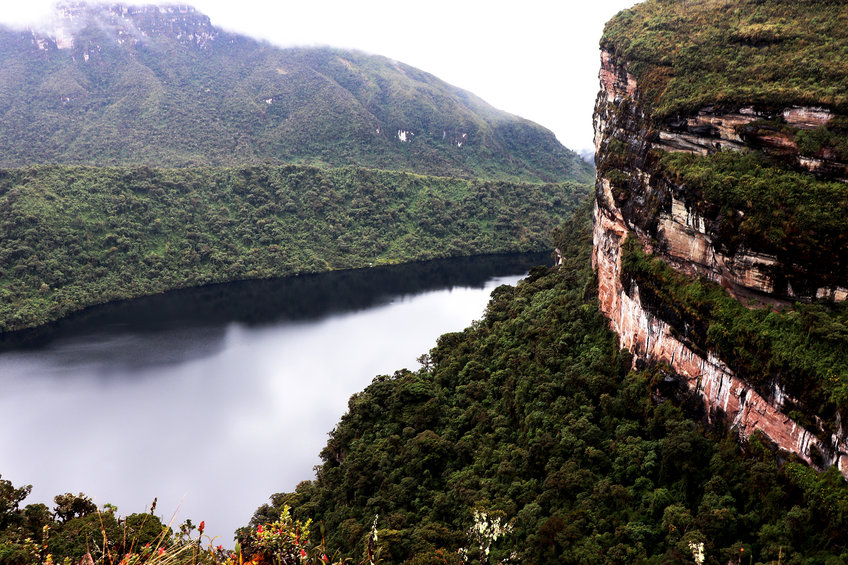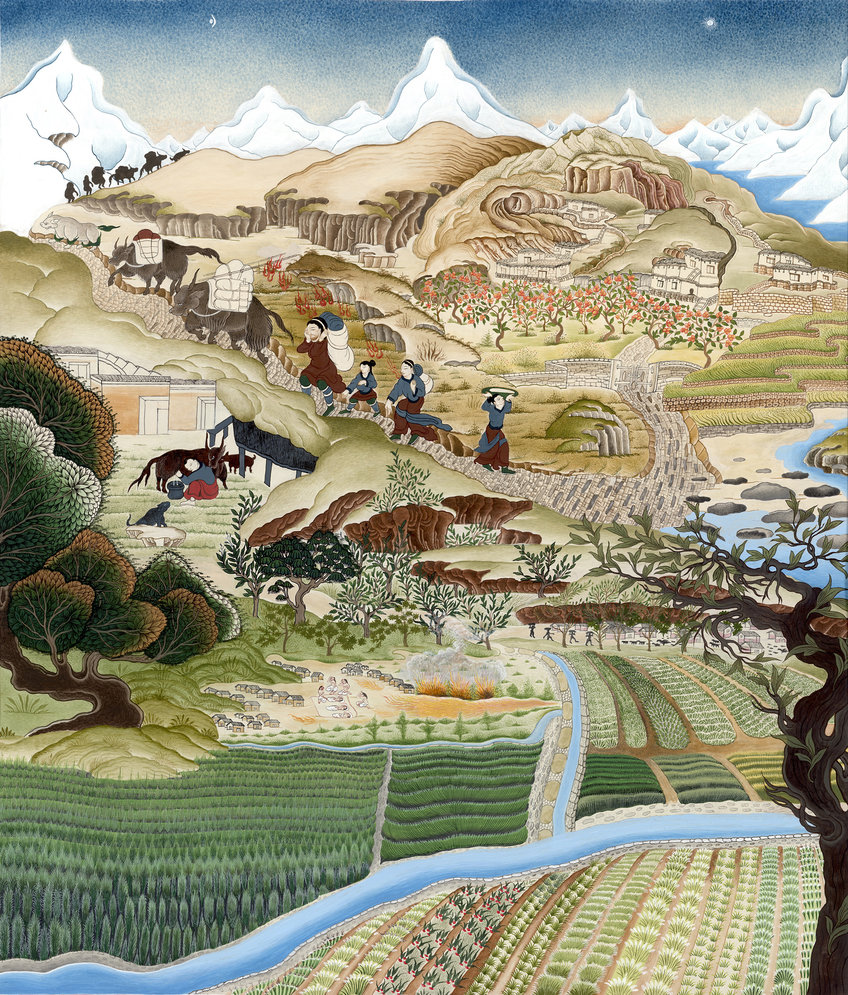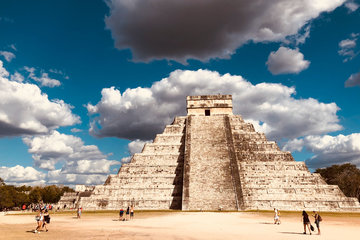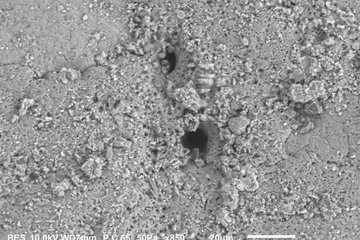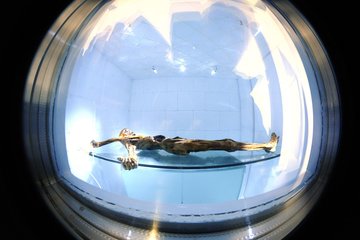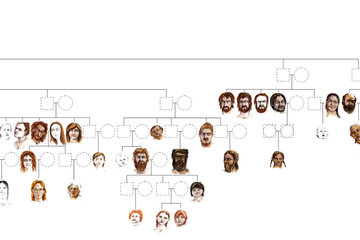Origin and spread of malaria
Scientists reconstruct ancient genomes of the two most deadly malaria parasites, Plasmodium vivax and Plasmodium falciparum
In a new study, an international team of researchers led by the Max Planck Institute for Evolutionary Anthropology in Leipzig, Germany, reconstructed the evolutionary history and global spread of malaria over the past 5,500 years, identifying trade, warfare, and colonialism as major catalysts for its dispersal.

Malaria, one of the world’s deadliest infectious diseases, is caused by several species of single-celled parasites that are transmitted via the bite of infected Anopheles mosquitoes. Despite major control and eradication efforts, nearly half of the world’s population still lives in regions where they are at risk of contracting malaria, and the World Health Organization estimates that malaria causes nearly 250 million infections and more than 600,000 deaths each year.
Beyond this massive modern impact, malaria has strongly shaped our human evolutionary history. “Although largely a tropical disease today, only a century ago the pathogen’s range covered half the world’s land surface, including parts of the northern USA, southern Canada, Scandinavia, and Siberia,” says lead author Megan Michel, a doctoral researcher at the Max Planck-Harvard Research Center Archaeoscience of the Ancient Mediterranean, a research collaboration between the Max Planck Institute for Evolutionary Anthropology and the Initiative for the Science of the Human Past at Harvard University. “Malaria’s legacy is written in our very genomes: genetic variants responsible for devastating blood disorders such as sickle cell disease are thought to persist in human populations because they confer partial resistance to malaria infection.”
Despite this evolutionary impact, the origins and spread of the two deadliest species of malaria parasites, Plasmodium falciparum and Plasmodium vivax, remain shrouded in mystery. Malaria infections leave no clear visible traces in human skeletal remains, and scant references in historical texts can be difficult to decipher. However, recent advances in the ancient DNA field have revealed that human teeth can preserve traces of pathogens present in a person’s blood at the time of death, providing an opportunity to study illnesses that are normally invisible in the archaeological record.
To explore malaria’s enigmatic history, an international team of researchers representing 80 institutions and 21 countries reconstructed ancient Plasmodium genome-wide data from 36 malaria-infected individuals spanning 5,500 years of human history on five continents. These ancient malaria cases provide an unprecedented opportunity to reconstruct the worldwide spread of malaria and its historical impact at global, regional, and even individual scales.
Following biomolecular breadcrumbs in the Americas

Malaria is endemic in tropical regions of the Americas today, and scientists have long debated whether P. vivax, a malaria species adapted to survive in temperate climates, may have arrived via the Bering Strait with the peopling of the continent or traveled in the wake of European colonization. To track the parasites’ journey into the Americas, the team analyzed ancient DNA from a malaria-infected individual from Laguna de los Cóndores, a high-altitude site situated in the remote cloud forests of the eastern Peruvian Andes.
Genomic analysis revealed remarkable similarity between the Laguna de los Cóndores P. vivax strain and ancient European P. vivax, strongly suggesting that European colonizers spread this species to the Americas within the first century or so after contact. “Amplified by the effects of warfare, enslavement, and population displacement, infectious diseases, including malaria, devastated Indigenous peoples of the Americas during the colonial period, with mortality rates as high as 90 percent in some places”, says coauthor Evelyn Guevara, a postdoctoral researcher at the University of Helsinki and the Max Planck Institute for Evolutionary Anthropology.
Remarkably, the team also uncovered genetic links between the Laguna de los Cóndores strain and modern Peruvian P. vivax populations 400 to 500 years later. “In addition to showing that malaria spread rapidly into what is a relatively remote region today, our data suggest that the pathogen thrived there, establishing an endemic focus and giving rise to parasites that are still infecting people in Peru today,” says co-author Eirini Skourtanioti, postdoctoral researcher at the Max Planck Institute for Evolutionary Anthropology and Max Planck-Harvard Research Center Archaeoscience of the Ancient Mediterranean.
Malaria on the march in Europe
While the role of colonialism in the spread of malaria is evident in the Americas, the team uncovered military activities that shaped the regional spread of malaria on the other side of the Atlantic. The cemetery at the Gothic cathedral of St. Rombout’s in Mechelen, Belgium was located adjacent to the first permanent military hospital (1567-1715 CE) in early modern Europe. Ancient human and pathogen DNA identified local cases of P. vivax among the general population buried before the construction of the military hospital, while individuals buried after its construction included cases of the more virulent P. falciparum malaria. “Most interestingly, we observe more cases of malaria in non-local male individuals from the military hospital period,” explains co-author Federica Pierini, postdoctoral researcher at the Max Planck Institute for Evolutionary Anthropology. “We also identified several individuals infected with P. falciparum, a species that thrived in Mediterranean climates before eradication but was not thought to be endemic north of the Alps during this period.”
These virulent cases were found in non-local male individuals of diverse Mediterranean origins, who were likely soldiers recruited from northern Italy, Spain, and other Mediterranean regions to fight in the Hapsburg Army of Flanders during the 80 Years’ War. “We find that the large-scale troop movements played an important role in the spread of malaria during this period, similar to cases of so-called airport malaria in temperate Europe today,” explains Alexander Herbig, Group Leader of Computational Pathogenomics at the Max Planck Institute for Evolutionary Anthropology. “In our globalized world, infected travelers carry Plasmodium parasites back to regions where malaria is now eradicated, and mosquitoes capable of transmitting these parasites can even lead to cases of ongoing local transmission. Although the landscape of malaria infection in Europe is radically different today than it was 500 years ago, we see parallels in the ways in which human mobility shapes malaria risk.”
Himalayan trade and a surprising high-altitude infection

On the other side of the world, the team unexpectedly identified the earliest known case of P. falciparum malaria at the high Himalayan site of Chokhopani (ca. 800 BCE), located along the Kali Gandaki River Valley in the Mustang District of Nepal. At 2800 meters above sea level, the site lies far outside the habitat range for both the malaria parasite and the Anopheles mosquito. “The region surrounding Chokhopani is cold and quite dry,” said co-author Christina Warinner, Associate Professor of Anthropology at Harvard University and Group Leader at the Max Planck Institute for Evolutionary Anthropology. “Neither the parasite nor the mosquitoes capable of transmitting malaria can survive at this altitude. For us this raised a key question: how did the Chokhopani individual acquire the malaria infection that may have ultimately led to his death?”
Human genetic analysis revealed that the infected individual was a local male with genetic adaptations for life at high altitude. However, archaeological evidence at Chokhopani and other nearby sites suggests that these Himalayan populations were actively engaged in long-distance trade. “We think of these regions today as remote and inaccessible, but in fact the Kali Gandaki River Valley served as a kind of trans-Himalayan highway connecting people on the Tibetan Plateau with the Indian subcontinent,” says co-author Mark Aldenderfer, Distinguished Professor Emeritus at the University of California, Merced, whose excavations in the region have revealed its long-distance trade connections. “Copper artifacts recovered from Chokhopani’s burial chambers prove that the ancient inhabitants of Mustang were part of larger exchange networks that included northern India, and you don’t have to travel very far to reach the low-lying, poorly drained regions of the Nepalese and Indian Terai where malaria is endemic today.” The team believes that the man likely traveled to a lower-altitude malaria-endemic region, possibly for trade or other purposes, before returning or being brought back to Chokhopani, where he was later buried. The intimate details revealed by ancient DNA give clues to the myriad ways that infectious diseases like malaria spread in the past, giving rise to our current disease landscape.
Past and future of a dynamic disease
Today, the human experience of malaria is at a crossroads. Thanks to advances in mosquito control and concerted public health campaigns, malaria deaths reached an all-time low in the 2010s. However, the emergence of antimalarial drug-resistant parasites and insecticide-resistant vectors threatens to reverse decades of progress, while climate change and environmental destruction are making new regions vulnerable to malaria vector species. The team hopes that ancient DNA may provide an additional tool for understanding and even combating this public health threat.
“For the first time, we are able to explore the ancient diversity of parasites from regions like Europe, where malaria is now eradicated,” says senior author Johannes Krause, Director of Archaeogenetics at the Max Planck Institute for Evolutionary Anthropology. “We see how mobility and population displacement spread malaria in the past, just as modern globalization makes malaria-free countries and regions vulnerable to reintroduction today. We hope that studying ancient diseases like malaria will provide a new window into understanding these organisms that continue to shape the world we live in today.”
